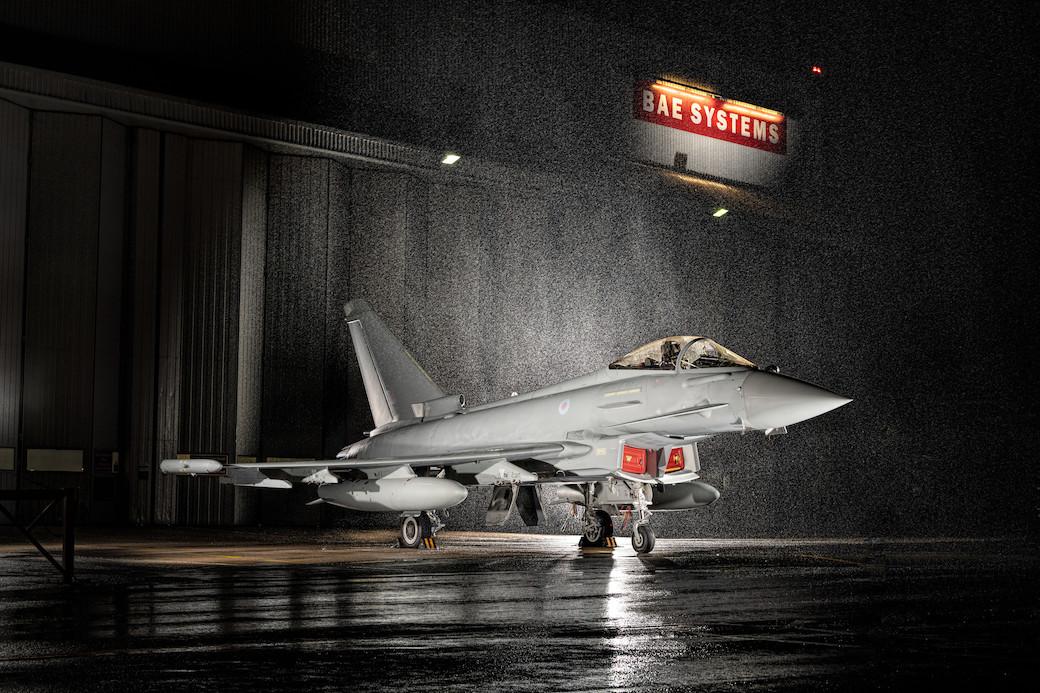
Credit: BAE Systems
RAF FAIRFORD, England—BAE Systems is to flight-test a Eurofighter Typhoon later this year equipped with multi-core computer processors as part of ongoing efforts to redesign the fighter’s complex mission systems. The company is in the process of certifying the use of the multi-core processors, based...
Subscription Required
Multicore Processors To Transform Typhoon’s Mission Computing Power is published in Aerospace Daily & Defense Report, an Aviation Week Intelligence Network (AWIN) Market Briefing and is included with your AWIN membership.
Already a member of AWIN or subscribe to Aerospace Daily & Defense Report through your company? Login with your existing email and password.
Not a member? Learn how you can access the market intelligence and data you need to stay abreast of what's happening in the aerospace and defense community.





